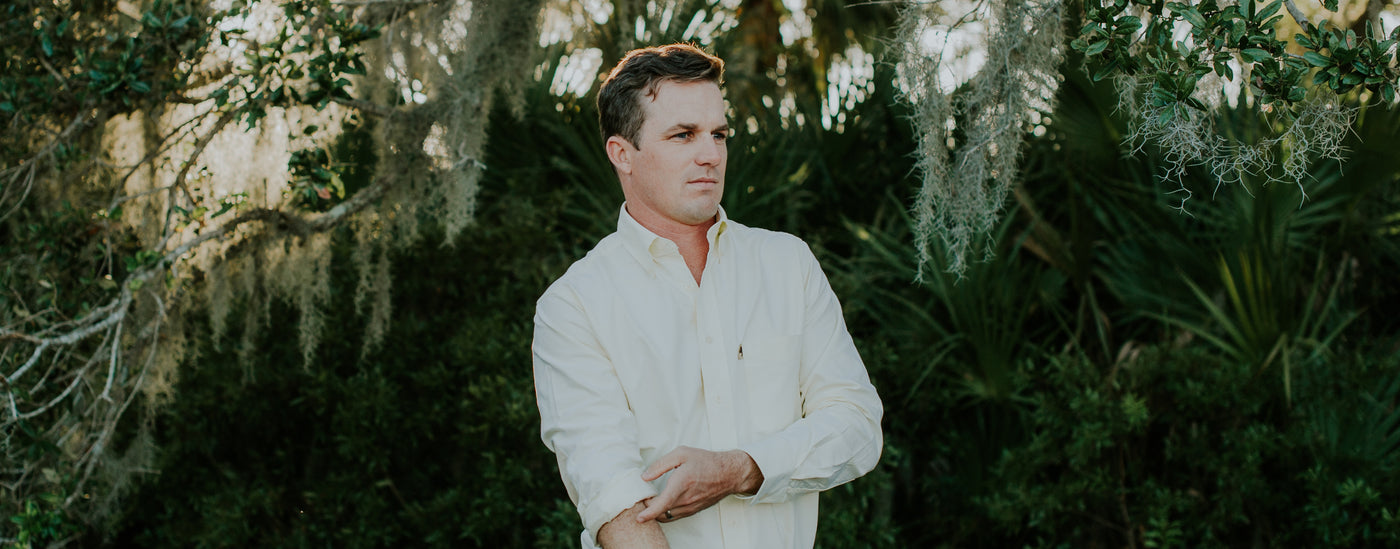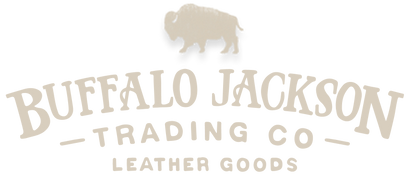Your Cart is Empty
You are $99.00 away from free shipping!
Your Cart is Empty
You are $99.00 away from free shipping!

If an occasion calls for a dress shirt, you can bet it calls for that shirt to be ironed. Gentlemen, if you can change a tire, rebuild a Harley, and thru-hike the PCT - but don’t know how to iron a dress shirt - you’re missing a basic life skill. Want to really be ready for anything? Grab your wrinkled dress shirt and break out the ironing board, fellas.
Iron
Ironing Board with cover (clean bath towels laid on a table will work in a pinch)
Water
Spray starch (optional)
Hangers
Before you begin, make sure your iron is clean and your shirt is clean. Ironing a dirty shirt will set any stains, and ironing with a dirty iron can make new ones. All clear? Good. Now fill the water chamber in the iron with fresh water, preferably distilled or bottled. Set up your ironing board near an outlet. Plug in the iron and choose the heat setting with your shirt’s fabric content as your guide. Keep hangers nearby so you can hang up your shirts immediately after ironing. (If desired, use spray starch -- it makes your ironing efforts crisper and can keep your shirt wrinkle-free for longer, but if you use too much of it, you’ll have buildup on your iron and your shirt. We don’t have a strong opinion on it one way or the other. Just be sure to follow the directions on the can.)
Begin with the shirt collar flipped up and laid flat, with the underside facing up. Iron from the corners to the middle, then flip it over and repeat on the other side. Do not turn down the collar until you’ve finished ironing the entire shirt, and do not iron a crease into the collar. Now, move to the cuffs. In the same way as the collar, unbutton one cuff and lay it flat with the wrong side up first. Iron from the bottom edge of the cuff toward the sleeve, then flip and repeat. Do the same on the other cuff and you’re ready to move on.
This is probably the trickiest step, but we believe in you. (Also, pro tip: if you’re planning to wear a jacket, you can cheat and skip this step altogether. Just complete steps 2 and 5, and you’re home free -- just don’t take off your jacket!) Back to the sleeves. Move the body of the shirt out of your way and lay one sleeve along the board, pulling it taut. Using your hands, begin at the seam (the one that runs from the armpit to the cuff) and smooth the sleeve fabric so you end up with another “seam” that runs from the shoulder to the other side of the cuff. Be sure both layers of fabric are smooth. Iron the length of the sleeve in long, even strokes. Flip and repeat. Before moving on, put the armpit of the shirt over the narrow end of the ironing board. Smooth the shoulder over the top of the board and iron the shoulder flat. Repeat on the other side.
Position the shirt so the neck is toward the narrow end of the ironing board. (If you haven’t already, be sure to unbutton the shirt so you’re not ironing double layers of fabric -- that’s what makes those sleeves so tricky.) Beginning at the yoke (the part that connects the shirt to the collar), iron down the shirt in long, steady strokes. You will need to reposition the shirt as you make your way across the back. If there are pleats in the back (coming off from the bottom of the yoke), iron just the pleats into sharp folds, and then iron the area around the pleats smooth to the rest of the back.
Again with the shirt neck at the narrow end of the board, iron each side of the front in long, smooth strokes from the collar down to the bottom (except on a shirt pocket; iron pockets from the bottom to the top). Carefully weave the iron tip between shirt buttons, not over the buttons.
This is independence, gentlemen. Got a last minute interview or date? No more calling your mom to iron your shirt. (Or looking like you just rolled out of bed. In a dress shirt.) When you know how to iron a dress shirt, you are in charge of how well-dressed you’ll look. In our book, that’s worth the effort.
Orders shipped to Canada may be subject to import duties, tariffs, and taxes charged by Canadian customs. These fees are not included in our prices or shipping costs. You will be responsible for any additional charges upon delivery. Please review local customs regulations before placing your order.

